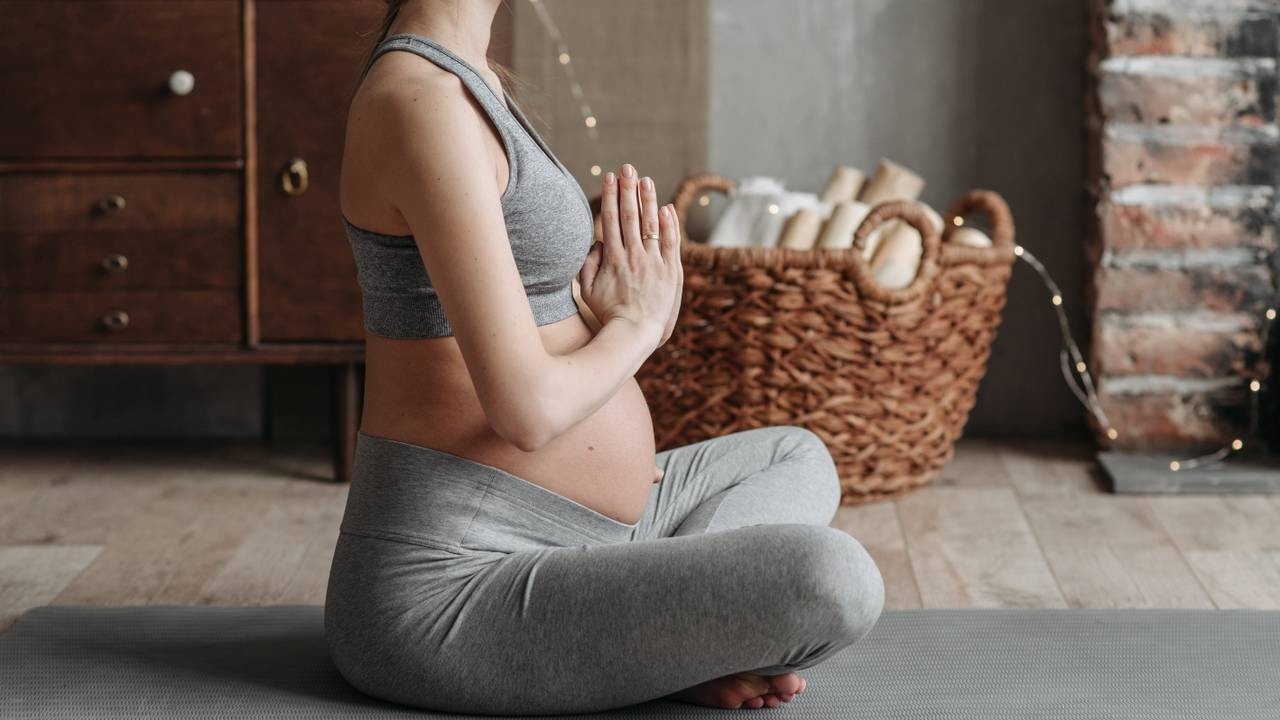Pelvic Floor 101
Dec 29, 2021
As we have said many times in the past, education is a form of healthcare. When it comes to your pelvic health, the better understanding you have of the physiology of the area and changes in pregnancy and childbirth, the more empowered you will feel! So today we are chatting with Aliya Dhalla, Pelvic Health Physiotherapist, about the basic structure of the pelvic floor, the changes undergone during pregnancy, and how and when a physiotherapist can be useful - even with remote consultations which empower you with the tools and knowledge to understand and heal your own body!
What is the Pelvic Floor?
As the name would suggest, the pelvic floor is literally the bottom of your pelvis, the bony structure that connects our legs to our spine. Imagine it like a hammock or a layer of tissue that sits on the bottom of that pelvis and is made up of three layers of muscles, connective tissue, nerves, fascia, and so on. The pelvic floor helps us do a lot of things that typically happen in our bodies without our conscious awareness, such as controlling the release of urine and poop, and supporting the organs that sit in our pelvis, such as our bladder and uterus. It is also part of our inner core unit, working with the deepest abdominal layer as well as some muscles in our back and diaphragm. It helps circulate lymph and fluid around the body, and last but not least it also plays a huge role in our sexual function and pleasure.
What happens during pregnancy?
Most people may not be aware of what the pelvic floor is and what it does if things are functioning properly. But due to the many changes undergone during pregnancy, the shape of our pelvis and center of gravity begins to shift. As the weight of the growing baby pulls your body forward, you may end up tilting your pelvis forward into an anterior pelvic tilt, or backward into a posterior pelvic tilt, to accommodate the changes. Often we don’t notice these changes because they are gradual and subtle, but ultimately they can have a trickle down effect on the overall health of your body.
Should I be seeing a Pelvic Physiotherapist?
There are a few reasons you may choose to see a pelvic physio - if you are someone that is not experiencing much pain or any pelvic floor dysfunction, going in for a general check-in around the second trimester is a great idea. It gives you a good idea of what your baseline is - if you are someone who is more prone to tighter or looser pelvic floor muscles for example - which can better help you address any issues further down the road in pregnancy.
If you want to learn more about how to prepare your body for labor and birth, if you're hoping for a vaginal delivery, or you're the type of person that likes to be prepared for postpartum, you can definitely see a physio a number of times during your pregnancy. They can go over some ideal stretches or positions to put your body into during the last four weeks of pregnancy, and how to stretch or mobilize your perineum to minimize severe tears during a vaginal childbirth.
So regardless of your goal, it’s not a bad idea to see a pelvic physio somewhere in your second trimester, or more frequently if you are experiencing aches/pains, or want a more in-depth education for what to expect as your pregnancy and labour progresses.
How does virtual pelvic physio work?
In Aliya’s experience, virtual physiotherapy can be very effective and even offer some advantages compared to in person appointments! Advantages include:
- Easily Accessible: you can come to physio in your pyjamas by just turning on your laptop, while your baby or kids are with you!
- Less Invasive: pelvic related therapy can be invasive, intimidating and uncomfortable for some. Remote visits are centered around education and exercises you can do on your own - don’t worry, you won’t be asked to do anything on camera you would only do in the appointment room (and even there, it should always be with your full consent)!
- Independent: ultimately a good physio teaches you how to assess your own muscles. They walk you through what it should look and feel like, and ask you to learn about your own body so you can continue good practices and habits once you’re discharged from treatment - virtual appointments necessitate you to do the work, setting you up for long-term success!
Thank you for listening, and if you would like to book a consultation with Aliya - check-out her instagram or website!
Aliya Dhalla
IG: boxwellnessco
Taking you from anxious and overwhelmed to confident during your childbirth experience:
Don't miss a word!
New topics, stories, and information delivered to your inbox weekly.
Sign-up to receive our podcast and blog posts delivered to you directly via email!
We hate SPAM. We will never sell your information, for any reason.


